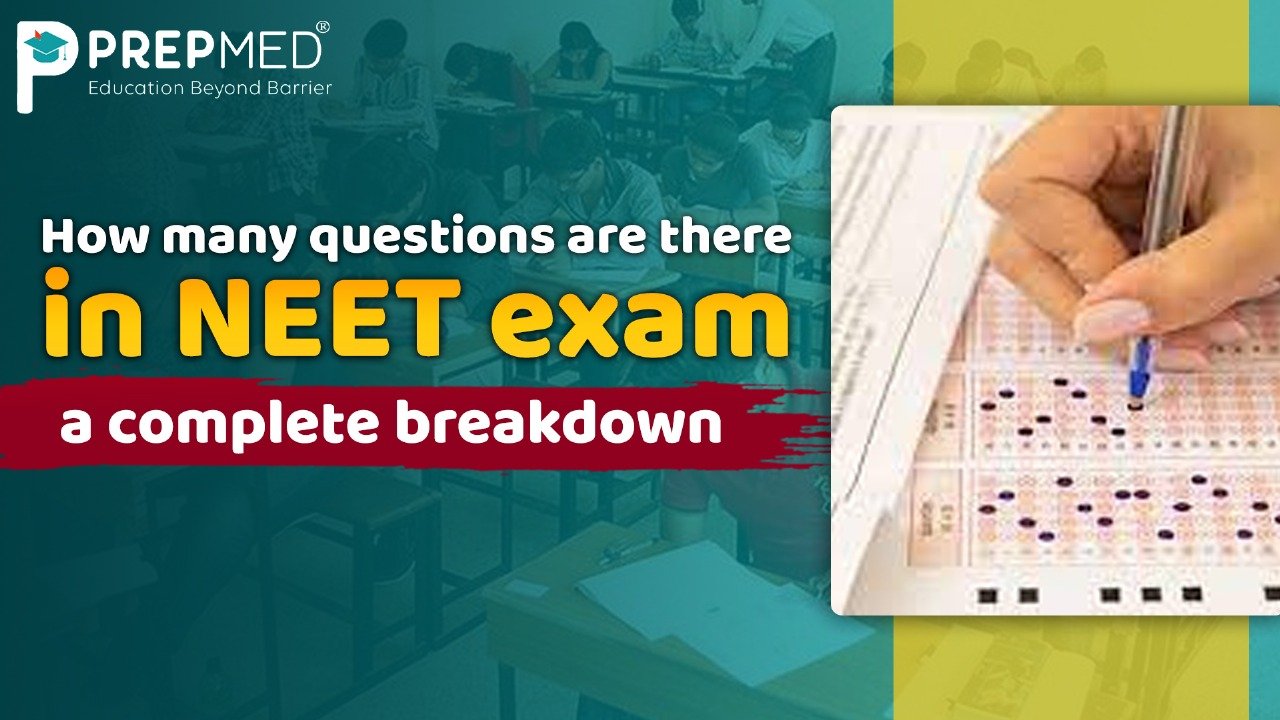March 26, 2025
Key Alternating Current Questions for NEET 2025 Preparation
The National Eligibility cum Entrance Test (NEET) functions as a fundamental examination that allows admission to medical studies. The Physics section proves challenging to students because Alternating Current stands as one of the most difficult subjects in the NEET syllabus 2025, while requiring both deep conceptual knowledge and exceptional mathematical problem-solving skills.
Alternating Current holds significant importance for NEET 2025 candidates because it appears frequently in the exam. This blog will cover:
Why is Alternating Current Important for NEET 2025?
The fundamental concept of alternating current appears in electromagnetic induction and alternating currents, which are part of Class 12 NCERT Physics. The understanding of this concept remains essential for multiple important reasons:
High Weightage in NEET
- The exam typically includes questions about AC circuits, resonance, reactance, and transformers.
- The topic unites electromagnetic waves with medical imaging technology and electrical equipment that serve critical functions in medical settings.
Conceptual and Application-Based Questions
- The NEET exam does not include many questions that directly test theoretical knowledge. Real-world applications and numerical problems make up the main content of this chapter.
- Students need excellent problem-solving abilities to solve questions involving phasor diagrams, impedance calculations, and power factor analysis.
Connection to Modern Medical Equipment
- The operation of Electrocardiograms (ECG), MRI scans, and X-ray machines depends on Alternating Current principles.
- Knowledge of alternating current enables students to succeed with medical physics topics in advanced education.
Overlaps with Other Physics Topics
- The concepts of resonance along transformers share relationships with electromagnetic waves and optics.
- Capacitors and inductors are essential for studying electromagnetic radiation and radio waves.
Important Question for NEET 2025 on Alternating Current
The following questions blend conceptual understanding with numerical problems and real-life applications, which firmly match the expected NEET 2025 exam content.
Conceptual Questions (1 Mark Type)
1. Define Alternating Current (AC). What sets Alternating Current apart from Direct Current?
AC changes direction and magnitude periodically, whereas DC flows in one constant direction.
2. What essential role does the RMS value play what essential role in an AC circuit?
The RMS value serves as the measurement of effective voltage or current when operating within an AC circuit.
3. Describe the importance of the power factor together with its basic definition.
The power efficiency of an AC circuit depends on the power factor.
4. What is resonance in an LCR circuit?
The inductive reactance matches the capacitive reactance in resonance to create peak current flow.
Numerical Problems (2-3 Marks Type)
Question 1: Determine the following when
The voltage from a 50 Hz AC source reaches its maximum peak at 311V. Calculate:
(a) The RMS voltage
(b) The average voltage over a half-cycle
Solution:
(a) RMS Voltage (Vrms) formula:

(b) Average Voltage (Vavg) over a half cycle:

Question 2: Impedance in an AC Circuit
The circuit includes a 10Ω resistor combined with a 0.2H inductor, a series connection. Determine the inductive reactance at 220V with 50Hz applied voltage.
(a) The inductive reactance
(b) The total impedance
(c) The current in the circuit
Solution:
(a) The inductive reactance

(b) The total impedance

(c) The current in the circuit

Question 3: Power Factor Calculation
The series RLC circuit receives 100V AC power input.
- Resistance (R) = 50Ω
- Inductive reactance (XL) = 30Ω
- Capacitive reactance (XC) = 20Ω
Find:
(a) Impedance of the circuit
(b) Power factor
Solution:
(a) Impedance of the circuit

(b) Power factor

Want to Practice More?
PrepMed NEET Online course 2025 include mock tests and complete NEET practice papers, which assist students in improving their accuracy alongside their confidence in handling more AC numerical problems.
Tips to Solve Important Question for NEET 2025 on Alternating Current Questions
Understand the Basics First
- Fundamental concept understanding must be strong before beginning any numerical problem-solving attempts.
- AC stands for Alternating Current and exists as a different system from Direct Current (DC).
- The phase relationship between voltage waves and current waves exists independently of one another.
- Phasor diagrams and their interpretation
- Types of AC circuits: Resistive (R), Inductive (L), Capacitive (C), and LCR circuits
- A full review of Ohm’s Law, along with Kirchhoff’s Laws and Electromagnetic Induction, will help you understand AC principles better.
Memorise Key Formulas
Memorise and understand the application of the following formulas to succeed in NEET tests.
(A) Voltage and Current in AC Circuits
Instantaneous voltage:

Instantaneous current:

(B) RMS and Peak Values
RMS (Root Mean Square) Value:

Average Value:

(C) Reactance and Impedance
Inductive Reactance:

Capacitive Reactance:

Impedance in an LCR Circuit:

(D) Power and Power Factor
Power in an AC Circuit:

Power Factor

Memorising these formulas through notebook practice will improve your recall during examinations.
1. Use Phasor Diagrams for Better Understanding
Phasor diagrams simplify the analysis of complex phase relationships to determine impedance values, reactance measurements, and phase angle relationships.
Master creating and interpreting phasor diagrams that apply to R, L, C, and LCR circuits.
Every phase-related problem requires identifying leading or lagging quantities and their time differences.
2. Identify Circuit Type Before Solving
- The initial step for solving numerical problems should involve the following sequence:
- The voltage and current maintain the same phase relation in a pure resistive circuit.
- A pure inductive circuit generates a time-based delay of 90 degrees between voltage and current.
3. Pure Capacitive Circuit: Current leads voltage by
- Impedance formula application is necessary for calculating the current and phase angle measurements of the LCR Series Circuit.
- The impedance hits its lowest value at the resonance point simultaneously as the current reaches its peak measurement.
Conclusion
Your achievement in NEET 2025 Physics relies entirely on mastering the Alternating Current subject. The main goal should be to comprehend concepts along with learning formulas and practising numerical examples. Students who use proper methods will solve the important question for NEET 2025 on the topic of alternating current with efficiency during their examination period.







